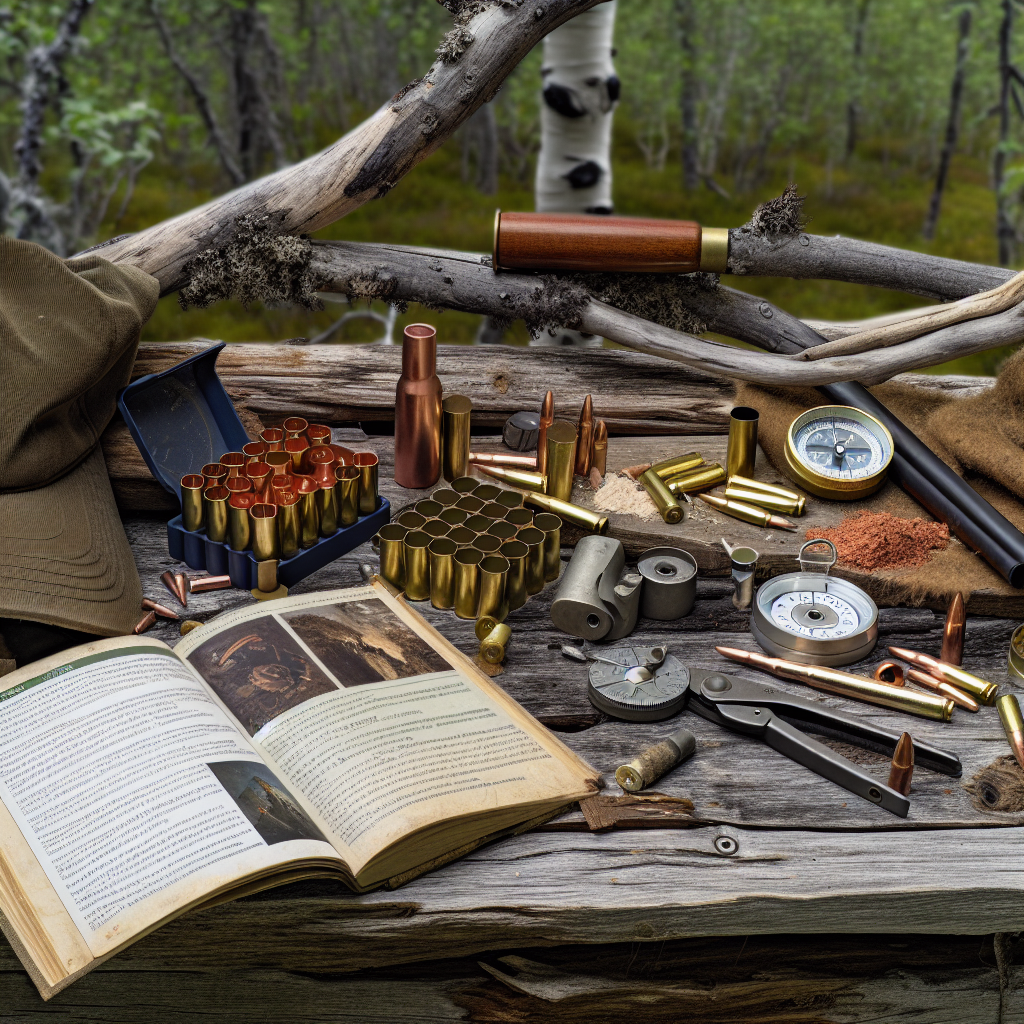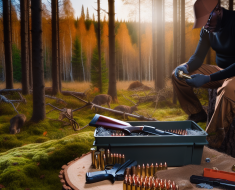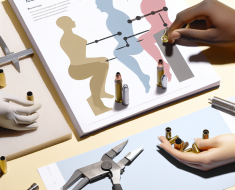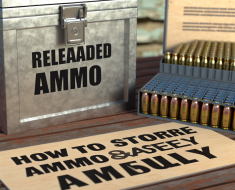How to Reload Ammo for Survival Gear: A Comprehensive Guide

In the realm of survival preparedness, having a reliable and consistent supply of ammunition can be as critical as securing food, water, or shelter. Whether you are an avid hunter, a survival enthusiast, or someone looking to build self-reliance in uncertain times, knowing how to reload ammo for your survival gear is an invaluable skill. This article delves into the essentials of ammunition reloading—exploring the process, necessary equipment, safety measures, and practical tips to ensure you are well-prepared when it matters most.
Understanding the Importance of Ammo Reloading in Survival Situations
Ammunition is a finite resource that can become scarce during emergencies such as natural disasters, civil unrest, or extended off-grid living. Relying solely on commercially available ammo might not be sustainable in such scenarios. Learning how to reload your own ammunition offers several advantages:
- Cost Efficiency: Reloading your own ammo significantly reduces expenses over time compared to buying factory-loaded rounds.
- Supply Independence: You become less dependent on supply chains that may break down during crises.
- Customization: Reloading allows you to tailor loads for specific firearms or purposes such as hunting or self-defense.
- Skill Development: The process enhances your understanding of ballistics and firearm mechanics.
For example, during the COVID-19 pandemic in 2020-2021, many experienced shortages of ammunition in the U.S., with some calibers being out of stock for months. Those who knew how to reload were able to maintain their ammo reserves while others struggled.
The Basics of Ammunition Components and Tools Needed
Before diving into the reloading process, it is essential to understand what makes up a cartridge and the basic tools required for reloading.
Ammunition Components
- Case: Usually made of brass or steel; holds all components together.
- Primer: A small explosive charge that ignites the gunpowder when struck by the firing pin.
- Powder (Propellant): The chemical substance that burns rapidly to generate gas pressure propelling the bullet forward.
- Bullet (Projectile): The actual projectile expelled from the firearm barrel.
Essential Reloading Equipment
- Reloading Press: The main device used to resize cases, seat bullets, and prime cartridges. Available as single-stage or progressive presses.
- Dies: Specific to caliber; used for resizing cases and seating bullets properly.
- Sizing Lubricant: Prevents cases from sticking in dies during resizing.
- Powder Scale: For measuring precise powder charges ensuring safety and consistency.
- Case Trimmer: Ensures cases are cut to proper length after repeated use.
- Primer Tool: For seating new primers into cases safely and securely.
- Bullet Puller (Optional): Allows you to disassemble cartridges if mistakes occur.
A beginner-friendly setup often starts with a single-stage press due to its simplicity and precision. More advanced users might prefer progressive presses for higher volume loading but require more experience and safety awareness.
The Step-by-Step Process of Reloading Ammo
The reloading process can be broken down into clear stages. Attention to detail at each step ensures safe and reliable ammunition production.
1. Case Preparation
The first step involves cleaning and inspecting spent brass cases. Dirty or damaged cases can lead to dangerous malfunctions.
- Tumbling/Cleaning: Use a vibratory tumbler with media like crushed walnut shells or corn cob granules to clean brass thoroughly.
- Inspection: Check for cracks, dents, or other defects; discard any compromised cases immediately.
- Sizing & Lubrication: Apply sizing lubricant sparingly before running cases through resizing dies which restore their original dimensions after firing expansion.
2. Priming Cases
The primer must be seated correctly for reliable ignition. Using a priming tool or press attachment will insert new primers into cleaned primer pockets carefully without damage.
3. Measuring & Adding Powder
This step demands utmost precision since powder charges directly affect cartridge pressure and performance. Use a calibrated powder scale or dispenser system specifically designed for reloading tasks. Follow published load data from reputable sources like Hodgdon or Hornady manuals tailored for your caliber and bullet type—never exceed recommended loads!
4. Seating Bullets
The final assembly step involves placing bullets on top of powder-filled cases using seating dies set to specified depths ensuring proper crimp (tightness) around bullets for consistent chambering and firing characteristics.
5. Final Inspection & Testing
A thorough visual inspection confirms uniformity in cartridge length, primer seating depth, and absence of defects. Test-firing small batches at






